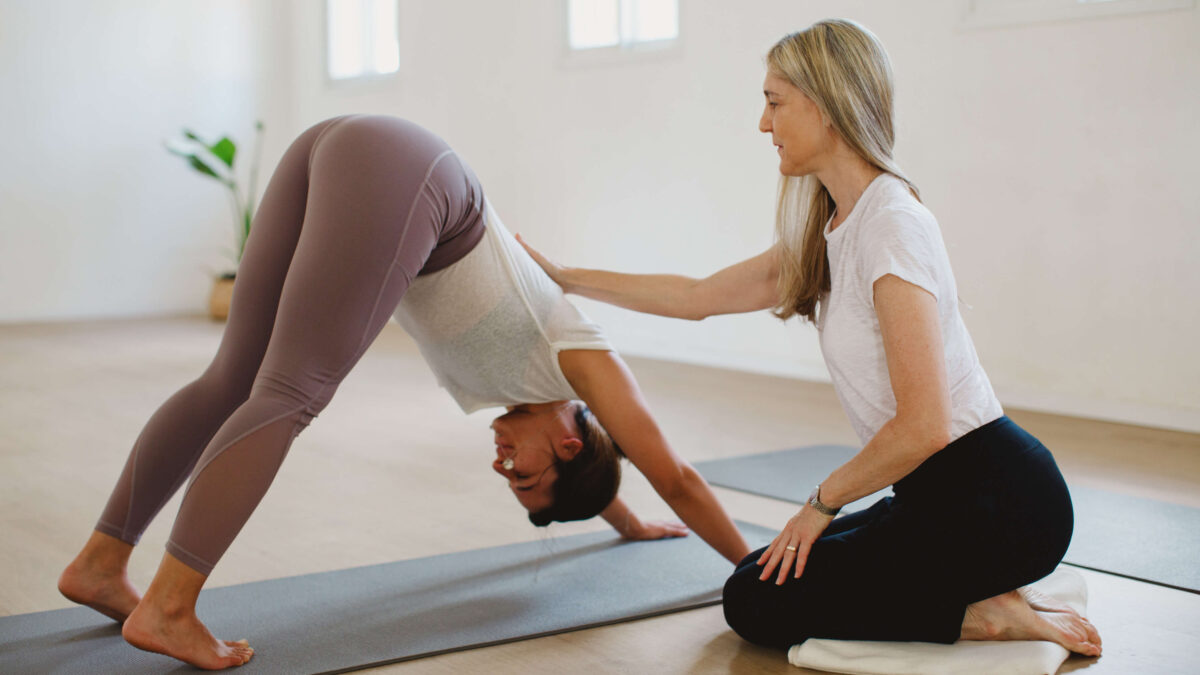
The way that the term “Vinyasa” is used can contribute to confusion surrounding the difference between Power and Vinyasa Yoga. Vinyasa can be used to refer to two different Yoga practices. First, it can reference a generic practice of מורת יוגה that links movement to breath. In this category, the Yoga practice is usually focused on flow and movement, within poses, and in pose transitions. Second, Vinyasa can refer to a more specific, fast-flowing type of Yoga that is often associated with the schools of Ashtanga or Power Yoga.
As stated above, Vinyasa is often utilized as a generic term that refers to a flow-based style of Yoga, which synchronizes breath with movement. Inhalations generally correspond to upward movements, while exhalations will correspond with downward movements.
Vinyasa Yoga is typically faster-paced than its predecessor, Hatha Yoga, although it can also be slowed down to meet varying needs of practitioners. In fact, this adaptability is one of the primary characteristics of Vinyasa practice; there are no set series of poses within the Vinyasa style, since Vinyasa Yoga’s premise is that of flexibility and adaptability.
Another mark of Vinyasa practice is its front-loading of Sun Salutation poses, that flow into each other, and serve as an excellent warm-up for practitioners who are looking for a physically demanding Yoga session. The series flow allows previously static Yoga postures to become dynamic movement.
Power Yoga is a style, which is often practiced in gyms today. It was derived from Vinyasa principles, and the term is sometimes considered interchangeable with Ashtanga Yoga.
Power Yoga was designed to offer more of a physical workout to practitioners than the more traditional schools of Yoga do; and it is, therefore, fast-paced, as well as flow-based. Power Yoga is considered to be a more athletic style, since it emphasizes the physical postures and often de-emphasizes the spiritual and meditative practice associated with the slower styles of Yoga.
Although the term, Power Yoga, is often believed to be interchangeable with Ashtanga Yoga, this is not always the case. The main difference is that Power Yoga does not require practitioners to perform a set series of poses, whereas practitioners of Ashtanga Yoga, follow a predefined order of postures within a set sequence. The sequences build on each other in level of difficulty, and the selection of sequence is determined by the Yoga practitioner’s level of mastery.
Vinyasa and Power Yoga are similar. However, Vinyasa sequences can be therapeutic or powerful. Vinyasa has some very creative and powerful sequences. Yet, when we consider “slow flow,” we think about a therapeutic Vinyasa series of movements, which are designed to help someone heal. Power Yoga lives up to its name, which is a powerful style, designed to keep a practitioner in peak physical shape.

